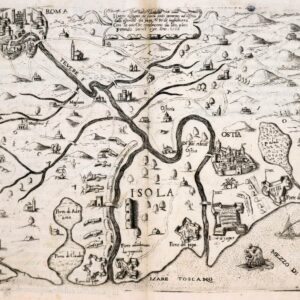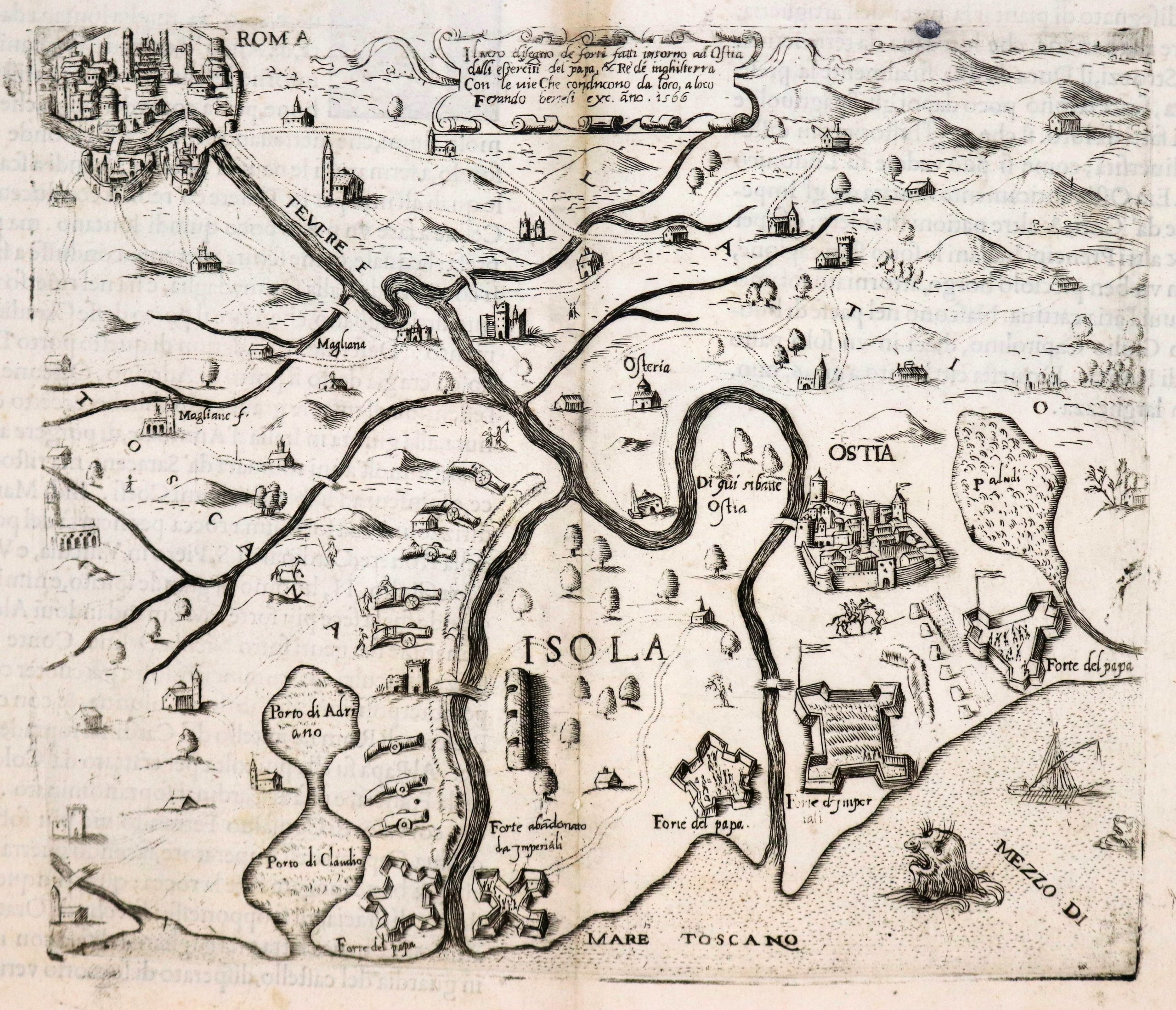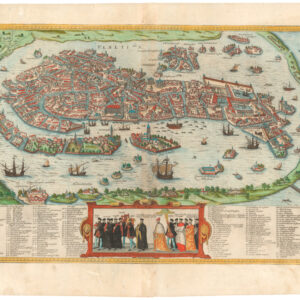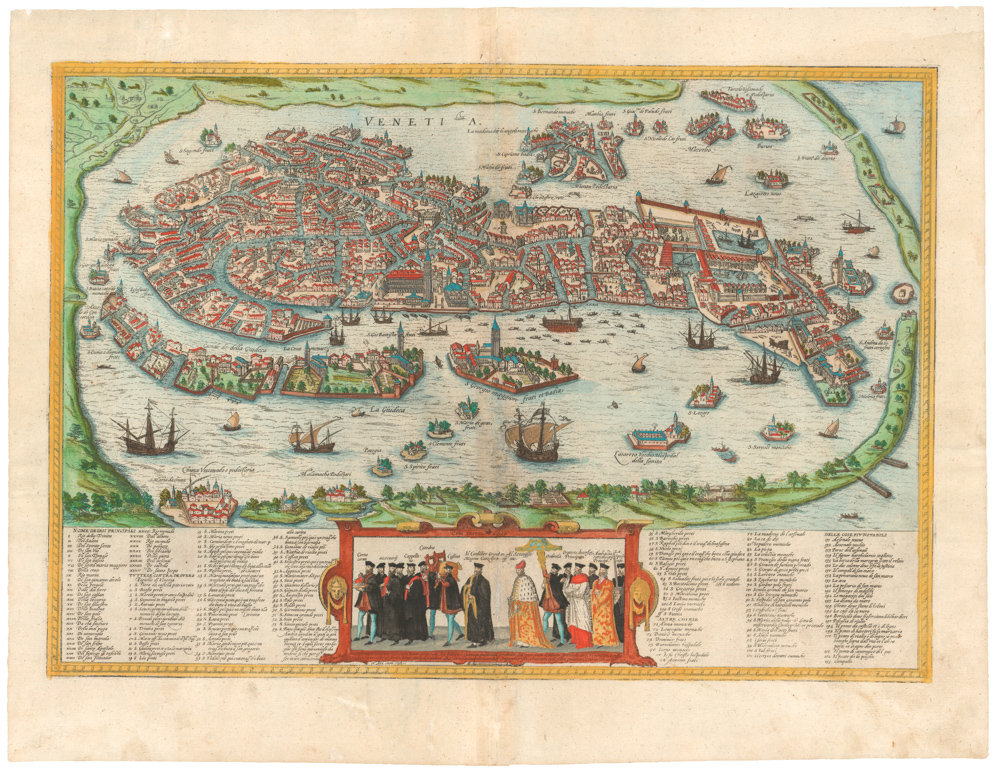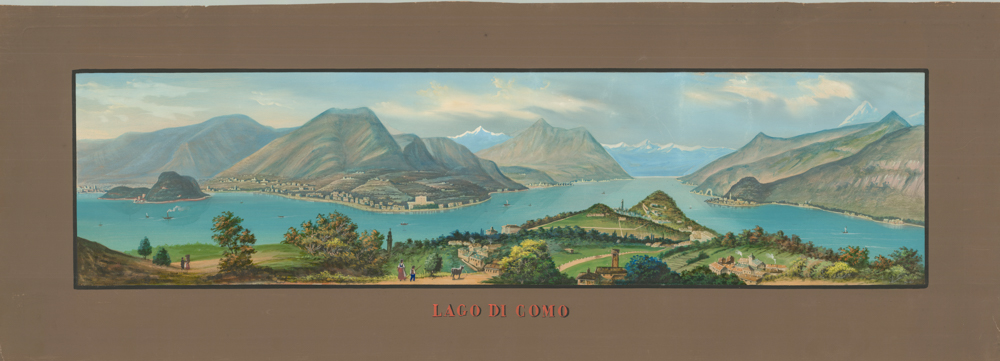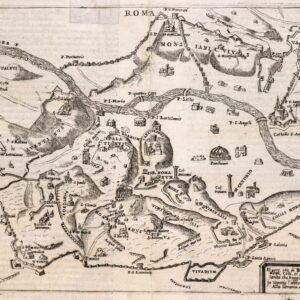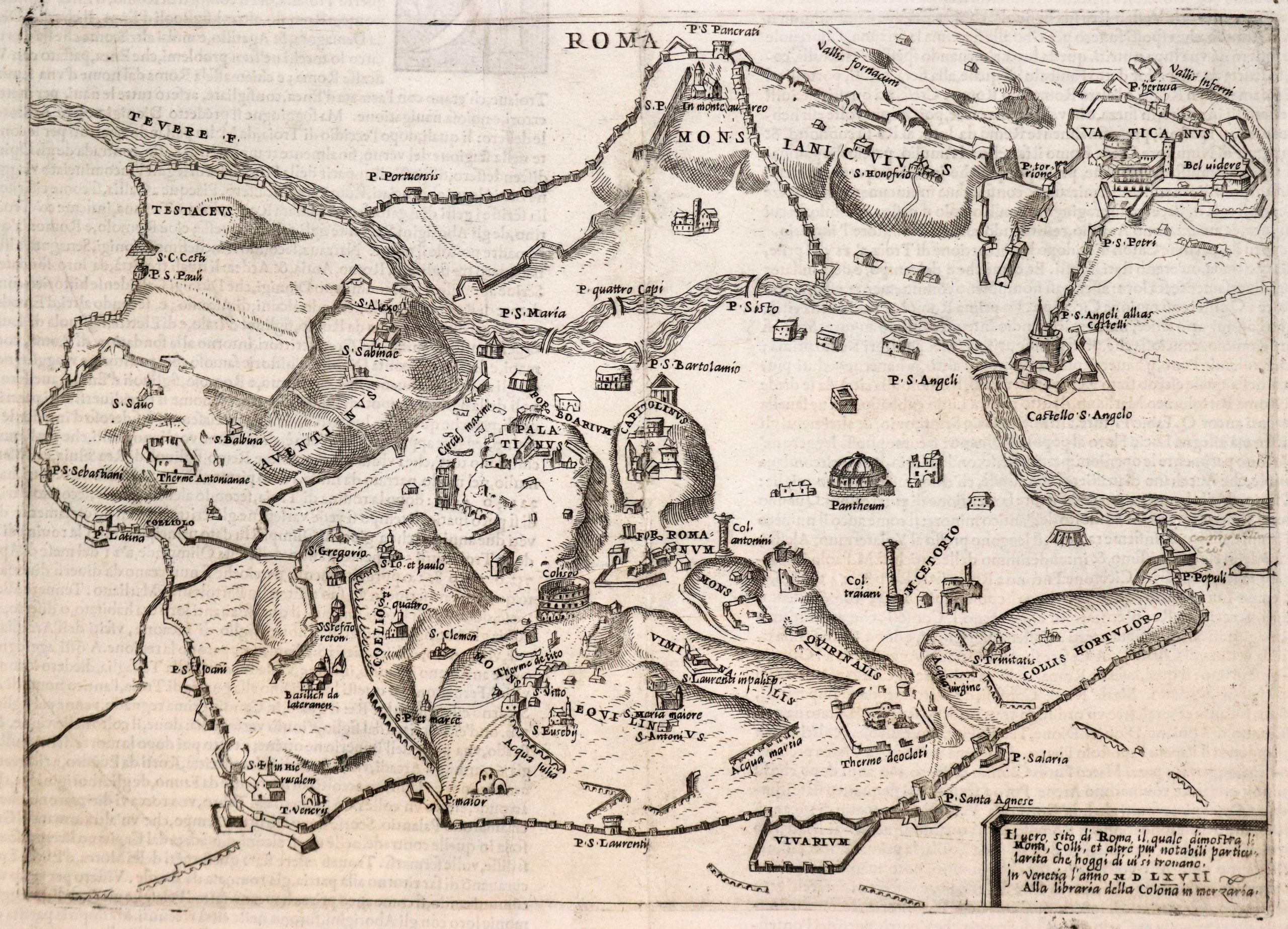A masterpiece in political cartography, showcasing a collapsing Russian Empire.
Mapa Litwy i Rusi (Litwa, Białoruś, Podole, WołyŃ i Ukraina) [Map of Lithuania and Rus’ (Lithuania, Belarus, Podolia, Volhynia and Ukraine)].
$1,800
1 in stock
Description
This rare and historically significant Polish wall map depicts the historic lands of Lithuania, Belarus, Podolia, Volhynia, and Ukraine under the waning Russian Empire and on the cusp of World War I. Lithographed in vibrant colors and dissected into sixteen linen-mounted panels (112 × 150 cm), it is a testament to the cartographer’s nationalist vision. The map tentatively delineates the new national borders emerging at the time, while also tracing every road, railway, town, village, and post office in these lands.
Historical significance
The map was produced in 1911, while most of this region remained a fixed part of the Russian Empire. The First Russian Revolution (1905) had, nevertheless, reduced the harshly imposed influence of Russian language and culture on these regions, prompting a growing nationalism that, in part, manifested through language and ethnicity. These emergent historical trends were embedded in this map, which foreshadowed the short-lived national sovereignties that would emerge soon after its publication. Ukraine declared independence in 1917, and the following year, Lithuania and Belarus followed suit. Over the coming decade, and not least as a consequence of World War I, these young nations would be reshaped into modern Poland, Ukraine, Lithuania, Belarus, and Moldova.
Scope and features
The map was designed to delineate the emerging national identities of the westernmost part of the collapsing Russian Empire. The western frontier is anchored in cultural cities such as Lublin and Warsaw, hinting at Poland’s future borders. In the north, Lithuania and Latvia are shown bordering the Baltic Sea, with Riga as the ancient coastal hub. Belarus extends eastward to Klimowicze, Cernihów, and Kiev. And on the southern frontier, we see Ukraine’s Podolia region, which includes Kamianets-Podilskyi and Mohyliv-Podilskyi, situated on the Moldovan border, and extending down to Iagorlîc in Transnistria.
Census
We were unable to find any institutional examples outside of Poland and Lithuania. OCLC 782188062.
Cartographer(s):
Józef Michał Bazewicz (1867–1929) was a leading Polish nationalist mapmaker, publisher, and cultural figure in Warsaw. Among his notable cartographic works are Polska w trzech zaborach w granicach przedroz biorowych w 1770 r. Oraz w innych ważnie jszych okresach historycznych (Poland in Three Partitions within the Pre-Partition Borders in 1770 and in Other More Important Historical Periods) from 1922, Atlas historyczny Polski (1916), and the 1921 patriotic tract Prawdy historyczne, konieczności dziejowe i zadania Polski (Historical Truths, Historical Necessities, and Tasks of Poland), which includes a map of Europe in the Middle Ages.
Condition Description
Color lithography, contemporarily dissected in 16 segments and mounted on linen (some water staining and dusty surfaces, tiny tears in margins, corners of segments little rubbed, small holes in corners).
References
